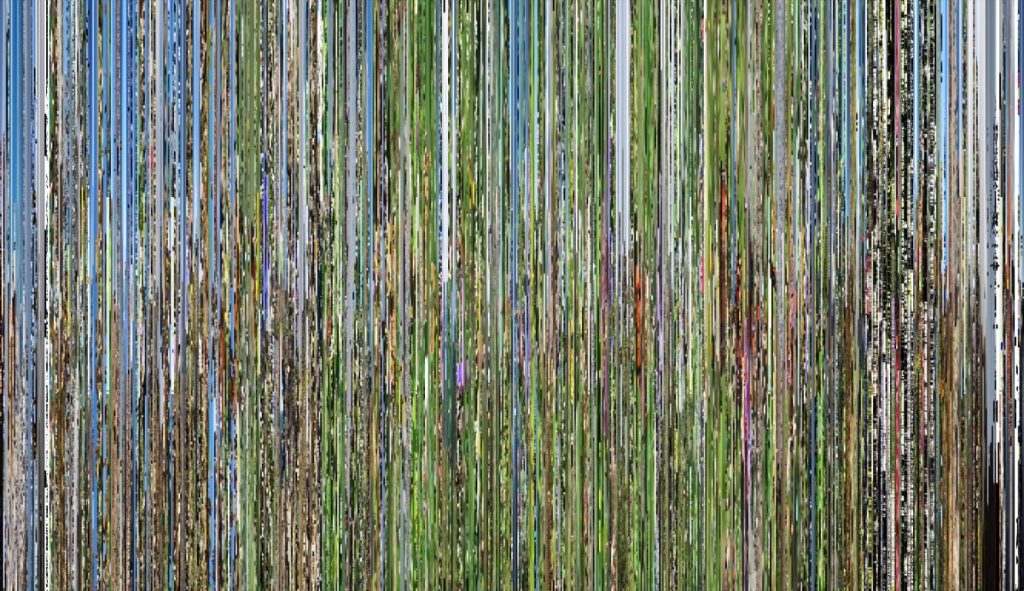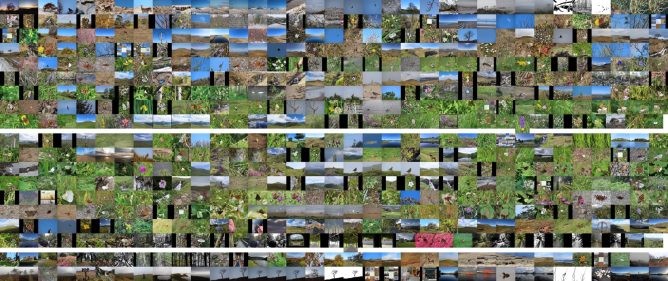Read: The Book of Goose by Yiyun Li ★★★★★ 📚
As far as I can see, people handing out this verdict freely are those for whom any external movement is a sign of decisiveness, personal strength, virtue. But my chickens, with their small brains, never seem to tire of walking around, pecking, coo-ing, clawing. The geese are much more tranquil. They do not flap their wings at the slightest disturbance, and when they float in the pond, they stay still for so long that you know they would not mind spending the rest of their lives suspended in their watery dreams. Yet geese are never called passive.
And
What was a cold tombstone but a door that opened to our own secret, warm chamber? We were not liars, but we made our own truths, extravagant as we needed them to be, fantastic as our moods required. Built from scratch like our books, our games had banished M. Devaux when he became a trouble for us, catapulted me into this English finishing school, and made Meaker my only true friend in this foreign land. Our make-beliefs were our allies. How else could we thrive, if not for them: unseen, nameless, patient, always on our side?
A strange tail of two girls in post war France living in poverty with an intense relationship. Writing a book leads to a literary hoax & their separation. Violence & dirt surrounds them, hinted at in their stories, fictional & true, never fully described.









